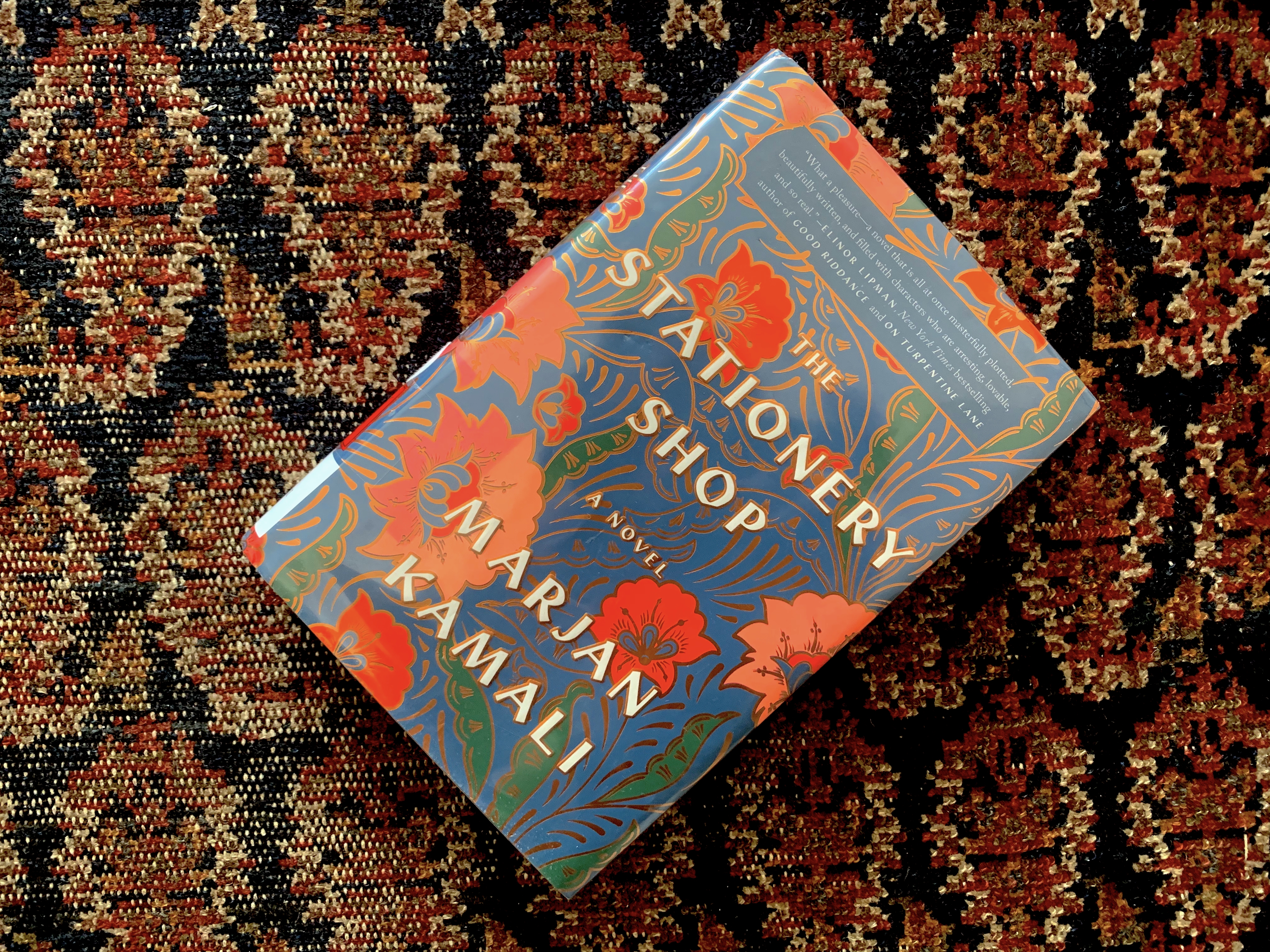I like my historical fiction like I like chocolate in my mole: subtle and there to provide structure rather than to clamor for the spotlight. To my tastes, historical and speculative fiction should above all be about the humans at the heart of the story; the world (historical or otherwise) should be there to provide a backdrop and a foil for these humans. And that’s why I fell head over heels for The Stationery Shop: a story of love, of missed connections, of longing, and of choices set against the backdrop of the Iranian 28 Mordad coup d’état of 1953.
The heart of this novel is the whirlwind, adolescent romance of Roya and Bahman, a romance we know from the very first pages is destined to fail. The question of why is one that guides the reader through twists and turns, through missed connections and mixed desires. The juxtaposition of the two young lovers’ families – one forward-thinking and feminist, the other social climbing and yet revolutionary in its own way – gathers threads of the society that surrounds them, weaving a tapestry of Iran in the 50s that is as revolutionary as it is picturesque. Great attention is paid to details: of poetry and paper, of food and philosophies. As a narrator, Roya is a believably self-focused teenager in the blissful throes of first love, a perspective that leads the reader to allow her her lapses in both judgment and awareness with pleasant nostalgia.
If pressed to find a quibble, my only one would be the dénouement, which feels, at time, slightly rushed in attempting to slot all of the exquisitely drawn out threads into place. Don’t let that deter you from picking this one up. It will transport you through time and space with its great heart.
